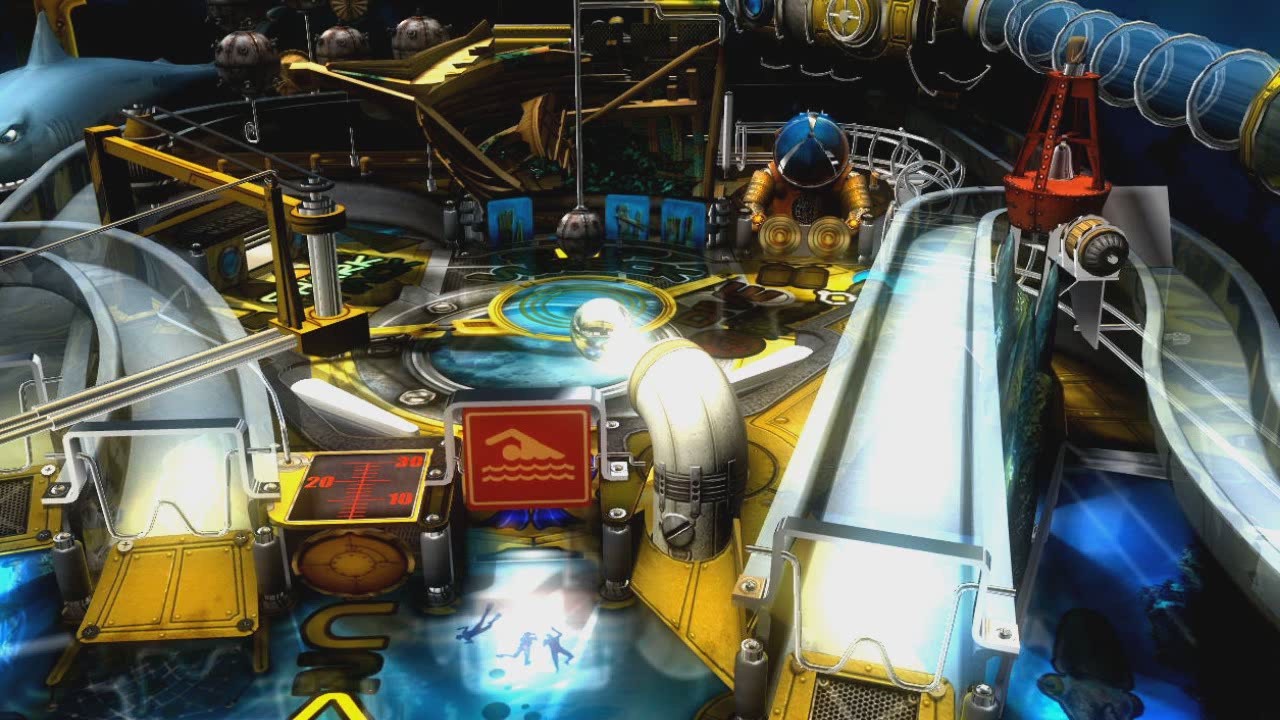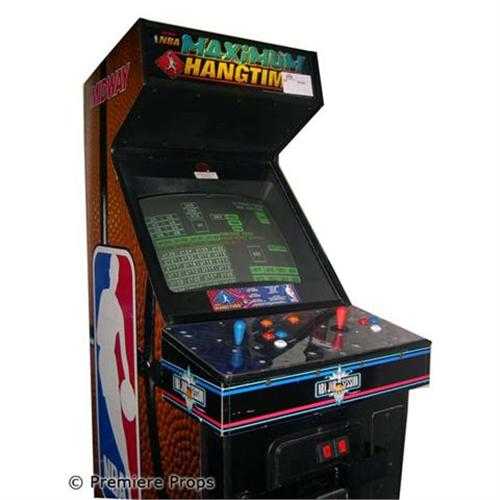
Most MS-DOS games used resolutions with non-square pixel ratios like 320x200 and 640x400 (instead of 320x240 and 640x480).
Best pro pinball ms dos game windows#
There are hacks for for playing the expansion at your native resolution, but they don't work with the original game that you got from GOG.Īlthough nothing can be done to completely eliminate the blurring caused by LCD scaling, playing MS-DOS games under native DOS or even Windows 95/98/ME can improve their appearance with CRT. It doesn't use DOSBox, and playing it under native DOS isn't an option.
Best pro pinball ms dos game full#
If you scaled them up to the full resolution of your monitor they wouldn't look as good.Īlpha Centauri is Windows game, by the way. The screenshots at GOG.com aren't being displayed fullscreen. Thsi would make the payload much smaller than a full CD so make the games more practical even without trying to stream them.Click to expand.As everyone else suggested it's probably an LCD scaling issue. Of course you still need to implement some simulation of a disk swap.įor many the game was relatively small with CD music tracks making up most of the CD - these could be compressed (MP3/similar) and transmitted that way to be unpacked in the emulator at the other side. It might even make multi-CD games that started appeating in the mid 90, like Wing Commander III, practical to run this way. Streaming the data on request might feel faster than the local physical drive did back then, and avoids transferring the whole disk just to play the first part of the game.

those with FMVs on the CD, the speed of many Internet connections these days is greater than I got out of a local CD-ROM in the mid 90s especially when the latency of spin up time is considered. Surely for most CD-ROM games of that era some sort of cached streaming would help greatly.įor those that actually had large chunks of data not CDDA audio, i.e.

So much better to have emulators automatically deal with that stuff today. It's kind of fun looking back and having a slightly better idea of the "magic" behind a lot of the trial-and-error, though as much as I can reminisce about it I also probably wouldn't want to ever do it again. (I had to maintain some of those types of configs for a couple labs I was unpaid labor for, but that's another set of tales.) I remember being really proud of my boot-loader scripts saving multiple configs and making it easier to switch between them, rather than what a lot other people I knew were doing of just constantly changing their one set of AUTOEXEC.BAT/CONFIG.SYS and having no idea what last worked for some previous games and always trying for some lowest common denominator that ran the most things they could as best as possible. So much of it at the age I was doing all of that was trial-and-error based almost solely on obscure error messages and trial-and-error. Again, probably fun combinations of protected mode fixes and EMS/XMS management TSRs built into OS/2 versus the other commercial ones games were often bundled with, or should have been bundled with but forgot or packaged an ancient broken version because it was cheaper…) (Similarly, there were at least a couple games that I recall ran better in a DOS window in OS/2 than anywhere else. Then there were fun crazy things like: boot into Win 3.11, for its protected mode fixes to activate (not that I knew at that age that's what was the magic, that's a more recent learning), immediately quit Windows, then the launch the game. Some games would require one config, others a second, Windows 3.11 sometimes a third, (then when I had OS/2 installed, that was yet another set boot options). I recall at one point I had an entire bootloader full of multiple choices of AUTOEXEC.BAT and CONFIG.SYS pairs based on which EMS or XMS needs I had. Yeah, game playing as a young person in that era was wild.

Thankfully I've never ran into the EMS and XMS fun, but I can imagine that some aspects of DOS would feel very arcane to younger people.


 0 kommentar(er)
0 kommentar(er)
